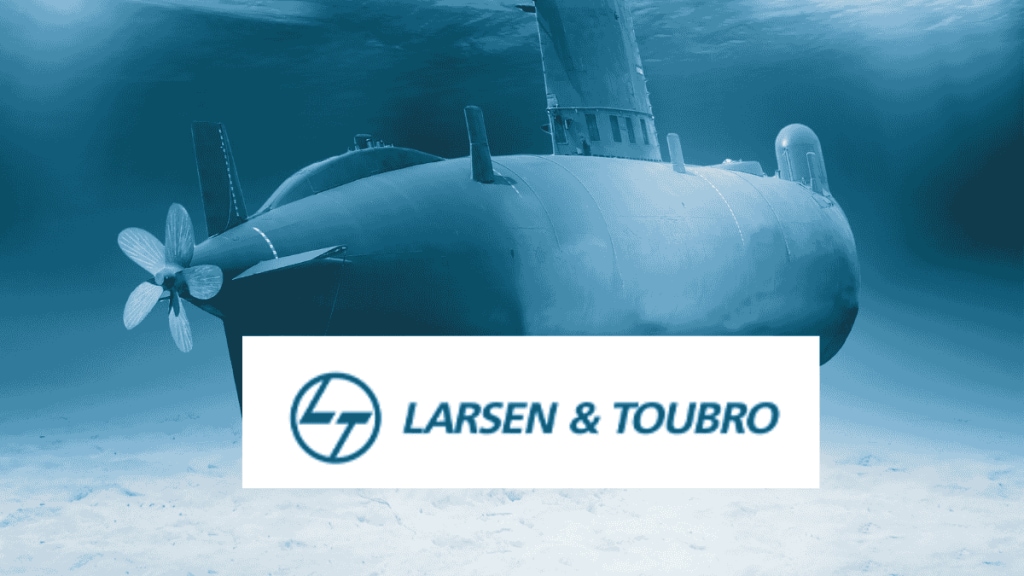India is accelerating its nuclear-powered attack submarine (SSN) programme under Project-77, with two submarines now officially cleared for development.
With the project gaining momentum, attention is now on Larsen & Toubro (L&T), which is playing a central role in the indigenous development of these submarines along with the Defence Research and Development Organisation (DRDO) and the Shipbuilding Centre in Visakhapatnam.
What are nuclear-powered attack submarines (SSN)?
India eventually plans to build a fleet of six nuclear-powered attack submarines under Project-77. Powered by nuclear reactors, these submarines can operate underwater for extended durations and travel at higher speeds than conventional ones. They are expected to carry an evolved version of the BrahMos missile and future hypersonic systems currently under development by DRDO.
These advanced weapons could offer strike ranges between 1,500 and 2,000 kilometres, allowing submarines to hit high-value targets from safe standoff distances. This extended reach will enable the Navy to conduct deep-strike missions while remaining beyond the detection range of enemy air defence and anti-submarine systems.
Unlike the Arihant-class SSBNs, which are primarily for strategic nuclear deterrence, the SSNs under Project-77 will serve tactical roles — tracking enemy vessels and carrying out precision strikes in high-risk scenarios.
L&T takes centre stage in submarine development
This is not L&T’s first foray into submarine construction. The company was also involved in building India’s Arihant-class submarines, which are designed to carry nuclear missiles. With its proven expertise and infrastructure, the government is once again placing its trust in L&T for the next-generation submarines.
L&T has contributed significantly to the design and manufacture of hulls and pressure compartments for nuclear submarines in the past. For Project-77, the company is expected to build critical components at its dedicated facility in Hazira, Gujarat.
Navy prioritises high-speed missile systems
In a strategic shift, the Indian Navy has decided to use supersonic and hypersonic cruise missile systems instead of using traditional sub-sonic cruise missiles on these submarines.
These next-generation weapons travel at much higher speeds and are harder to detect or intercept. In contrast, sub-sonic missiles are considered less reliable in modern combat due to their slower speeds and greater vulnerability to air defence systems. These advanced missile systems also include an evolved version of the BrahMos and other upcoming hypersonic weapons being developed by DRDO.
According to a report by idrw.org, a source familiar with the project said, “The sub-sonic option is increasingly seen as vulnerable against modern integrated air defence systems. The Navy wants to ensure its SSNs can carry out swift, high-impact strikes in a contested environment—supersonic and hypersonic cruise missiles are the only viable solution.”
Strengthening maritime deterrence
With these capabilities, the Navy aims to significantly boost its undersea strike potential and strengthen its deterrence posture across the Indo-Pacific region. The shift towards faster and stealthier weapons systems reflects India’s broader strategy to modernise its military assets and stay ahead in a region marked by growing security challenges.

